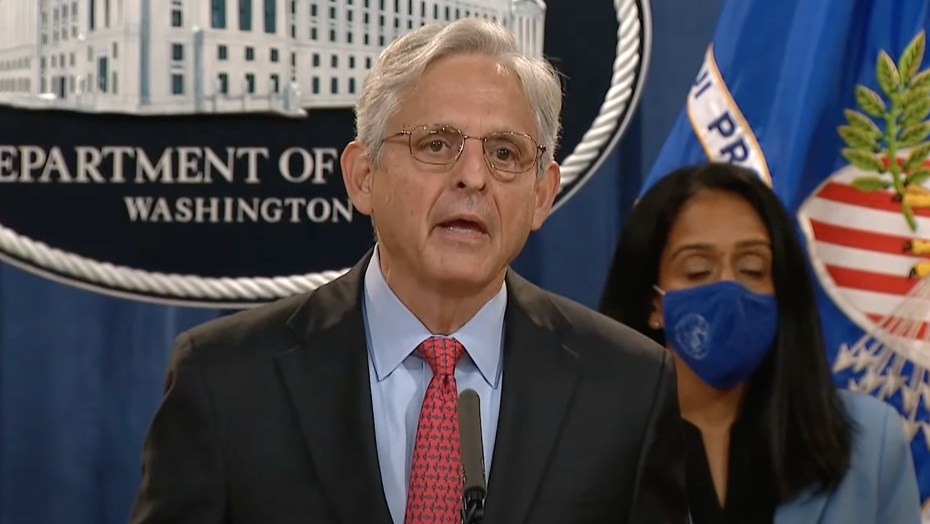US national debt will continue to rise in the coming years, says IMF
04/20/2023 / By Kevin Hughes

The International Monetary Fund (IMF) has predicted in its Fiscal Monitor report that the U.S. national debt will continue to rise in the coming years amid increased government borrowing.
The U.S. debt-to-gross domestic product (GDP) ratio is projected to be 122.2 percent this year, slightly above last year’s 121.7 percent. It is expected to increase further to 136.2 percent of GDP in 2028 – way above the 107.4 percent in 2018, and higher than the Wuhan coronavirus (COVID-19) pandemic-era peak of 133.5 percent in 2020.
Interestingly, the two biggest economies in the world – the U.S. and China – are the two major drivers of the worldwide increase in public debt. (Related: US, China heaviest borrowers in first quarter as global debt soars to $305 trillion.)
The IMF warned that increasing government borrowing and spending could worsen inflationary pressures, undermining the efforts of central banks. The IMF also stated that current banking problems in the U.S. and Switzerland have added to the danger of a worldwide financial crisis, which could put even more pressure on public sector balance sheets.
According to the IMF, the U.S., China and other major economies need to do more to resolve debt levels that are expected to soar to near-record highs in five years.
World’s debt-to-GDP projected to approach record levels in five years
The IMF predicted that the world’s debt-to-GDP will rise to 99.6 percent by 2028.
“By the end of our projection horizon – 2028 – public debt in the world is expected to reach almost 100 percent of GDP,” Vitor Gaspar, the IMF Fiscal Affairs Department head, told the Financial Times. Gaspar noted that this is “back to the record levels set in the year of the pandemic.”

He was referring to the level seen in 2020 when governments took on the biggest increase in collective debt since World War II to lift their economies amid the massive output loss due to COVID-19 lockdowns.
“The world’s debt burden is rising again after decreasing in 2021 and 2022 – thanks to inflation and a rapid recovery in growth in America and other advanced economies,” Gaspar said. “Going forward, public debt is not only elevated higher than what was projected before the pandemic. It’s also increasing faster than what was projected before the pandemic.”
This trend put the global economy on the wrong course in the face of impending recession created by the current banking crisis. Gaspar said there is a need to rebuild fiscal buffers because a nation needs to be in a position to face adverse developments whether it is economic or financial.
Meanwhile, China’s debt is predicted to grow to 104.9 percent of GDP in the next five years from 77.1 percent in 2022. Brazil, Japan, South Africa, Turkey and the U.K. are also all expected to see hikes in their debt load.
While big economies can afford the growing costs of servicing debt, the same isn’t true in low-income nations. The IMF report noted that 60 percent of low-income nations are now in debt distress or at imminent risk of it. That is mostly the result of increasing interest rates and the effect of a stronger dollar.
Follow GovernmentDebt.news for more news about the rising public debt of America.
Watch the video below discussing the IMF’s warning about global debt levels.
This video is from the What is happening channel on Brighteon.com.
More related stories:
Biden’s “excessive” budget proposal to drive national debt to $51 trillion over the next decade.
Sources include:
Submit a correction >>
Tagged Under:
banking crisis, big government, Bubble, central banks, debt bomb, debt collapse, economic riot, finance riot, financial crisis, GDP, government debt, International Monetary Fund, market crash, money supply, national debt, public debt, recession, risk, United States, Vitor Gaspar
This article may contain statements that reflect the opinion of the author
RECENT NEWS & ARTICLES
COPYRIGHT © 2017 COLLAPSE.NEWS
All content posted on this site is protected under Free Speech. Collapse.news is not responsible for content written by contributing authors. The information on this site is provided for educational and entertainment purposes only. It is not intended as a substitute for professional advice of any kind. Collapse.news assumes no responsibility for the use or misuse of this material. All trademarks, registered trademarks and service marks mentioned on this site are the property of their respective owners.




















